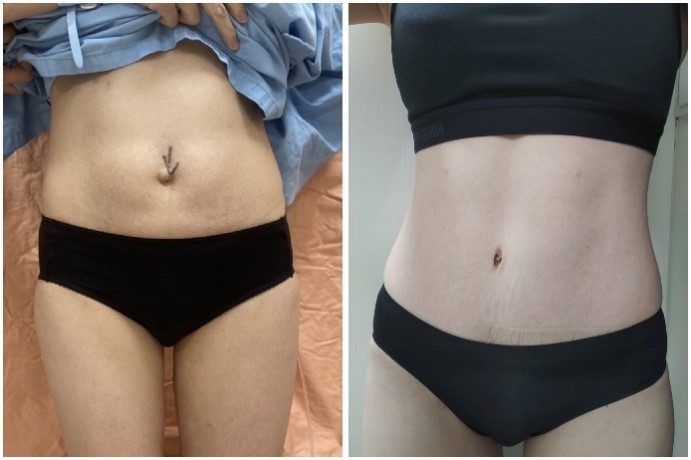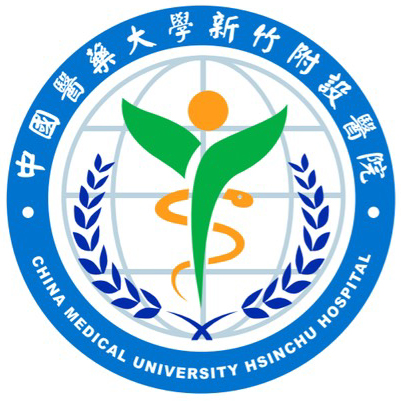:::醫療新聞
:::
Abdominoplasty (Mommy Makeover Surgery)
Abdominoplasty (Mommy Makeover Surgery)
Plastic and Reconstructive Surgeon: Dr. Pin-Keng Shih
China Medical University Hospital (Taipei, Hsinchu, Taichung)
Postpartum females are often bothered by the loose abdomens. No matter of the body contouring exercises or skin care products, the improvement of loss abdomens was still limited. In addition, deep upper abdomen tenderness and muscle-separating sensation were occasionally noted during squats or more vigorous exercise. These phenomena are often caused by the growing fetus during pregnancy, which gave rise to the of the soft tissue extension of the abdominal wall and the separation of the rectus abdominis. When conservative treatment was of limited effect, surgery may be taken into considerations.
There are several options for surgical treatments. When it comes to the restoration of loose abdominal wall and the rectus abdominis simultaneously, the abdominoplasty (Mommy Makeover Surgery) was usually preferred. Although longer postoperative rest time and extended surgical scars, the postoperative improvement is significant and the scar is easy to hidden. Therefore, it is still favored by many people.

Postoperative 4-month follow-up after abdominoplasty.
Indications for surgery:
Postpartum abdominal laxity and symptoms derived from rectus abdominis separation.
Surgery goals and methods
1. Wound location: lower abdomen, close to the pubic hair.
2. Anesthesia: General anesthesia.
3. Operation time: about 4-6 hours.
4. Surgical objectives: rectus abdominis repair, excess abdominal skin removal, umbilics reconstruction, and establishment of waist line.
5. Drainage tubes: two drainage tubes inserted after surgery and removed in three days.
Post-operative care
1. Bed resting with knees flexion for two weeks, and then gradually body extension.
2. Shapewear for three months.
Advantages and disadvantages of surgery
Advantages: single operation to modify the loose skin and separated muscles at the same time.
Disadvantages: extended abdominal scars and prolonged bed rest.
common complications
1. Subcutaneous seroma: It is related to the modifies of subcutaneous soft tissue of large area. Multiple subcutaneous anchoring suture and post-operative shapewear use reduce seroma accumulation.
2. Poor wound healing: The primary closure of the lower abdominal made wound bear higher tension, which may impair the local circulation and induce poor wound healing. It is recommended the bed rest with the knee flexion for about two weeks decreased the chance of poor healing.
3. Subcutaneous bruising after surgery: improvement in one month.






